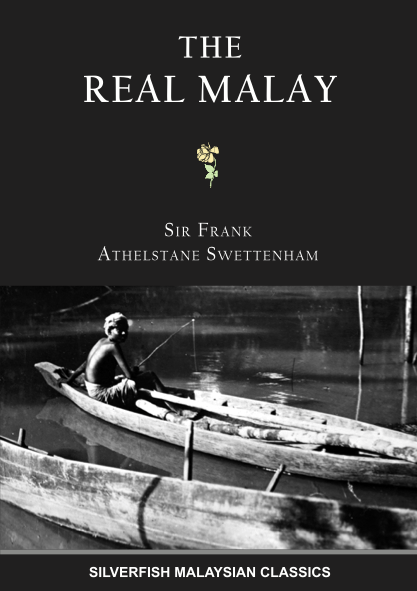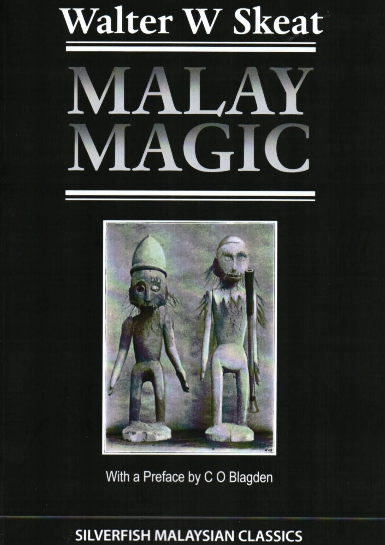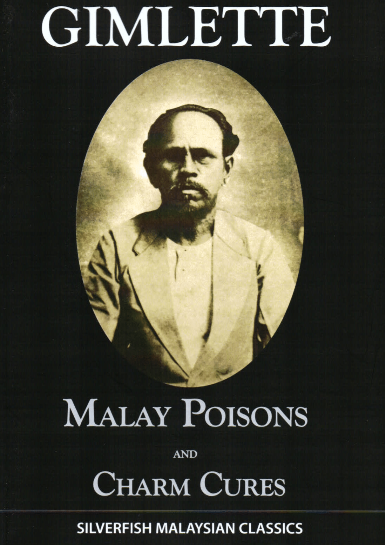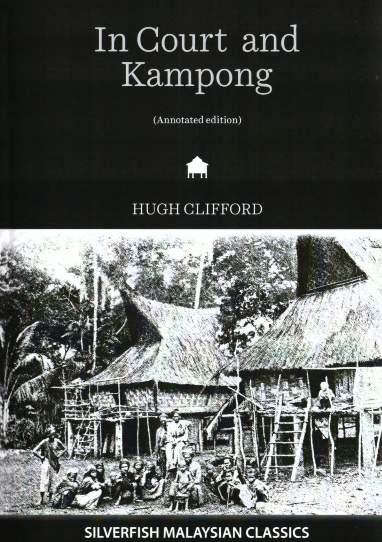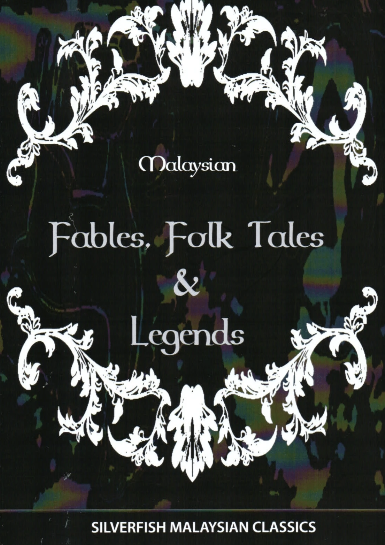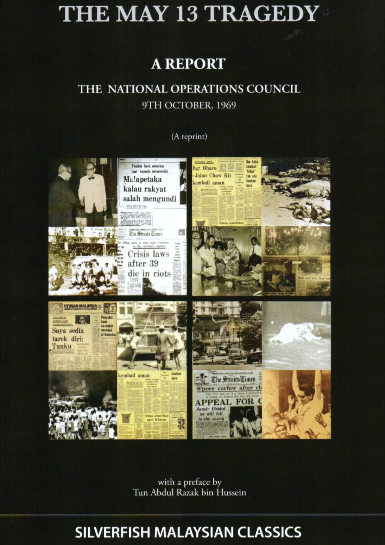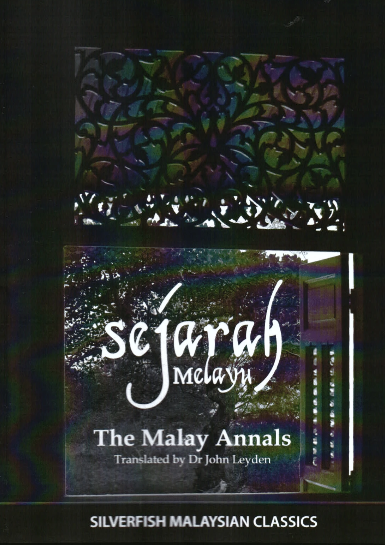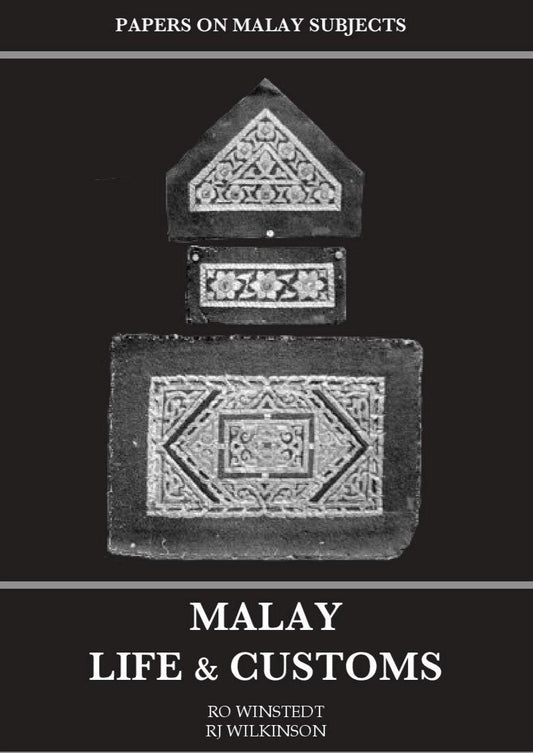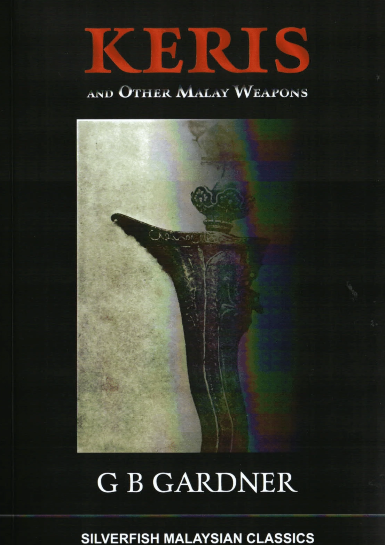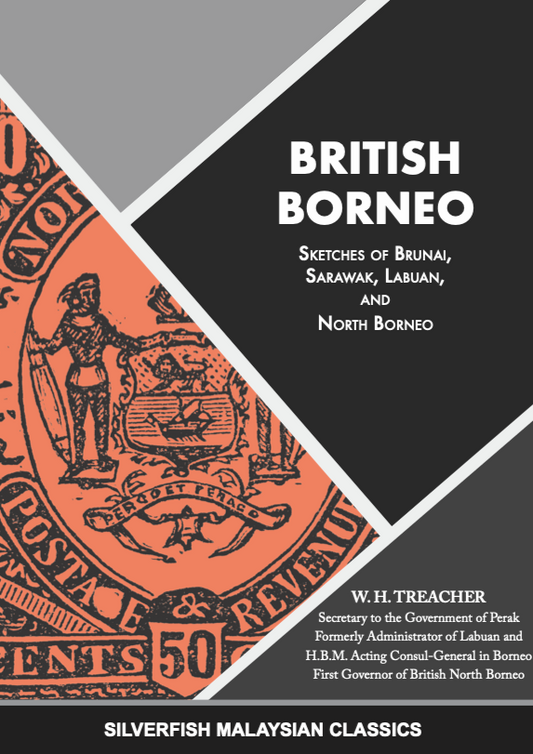All Books: Free Shipping within Peninsula Malaysia
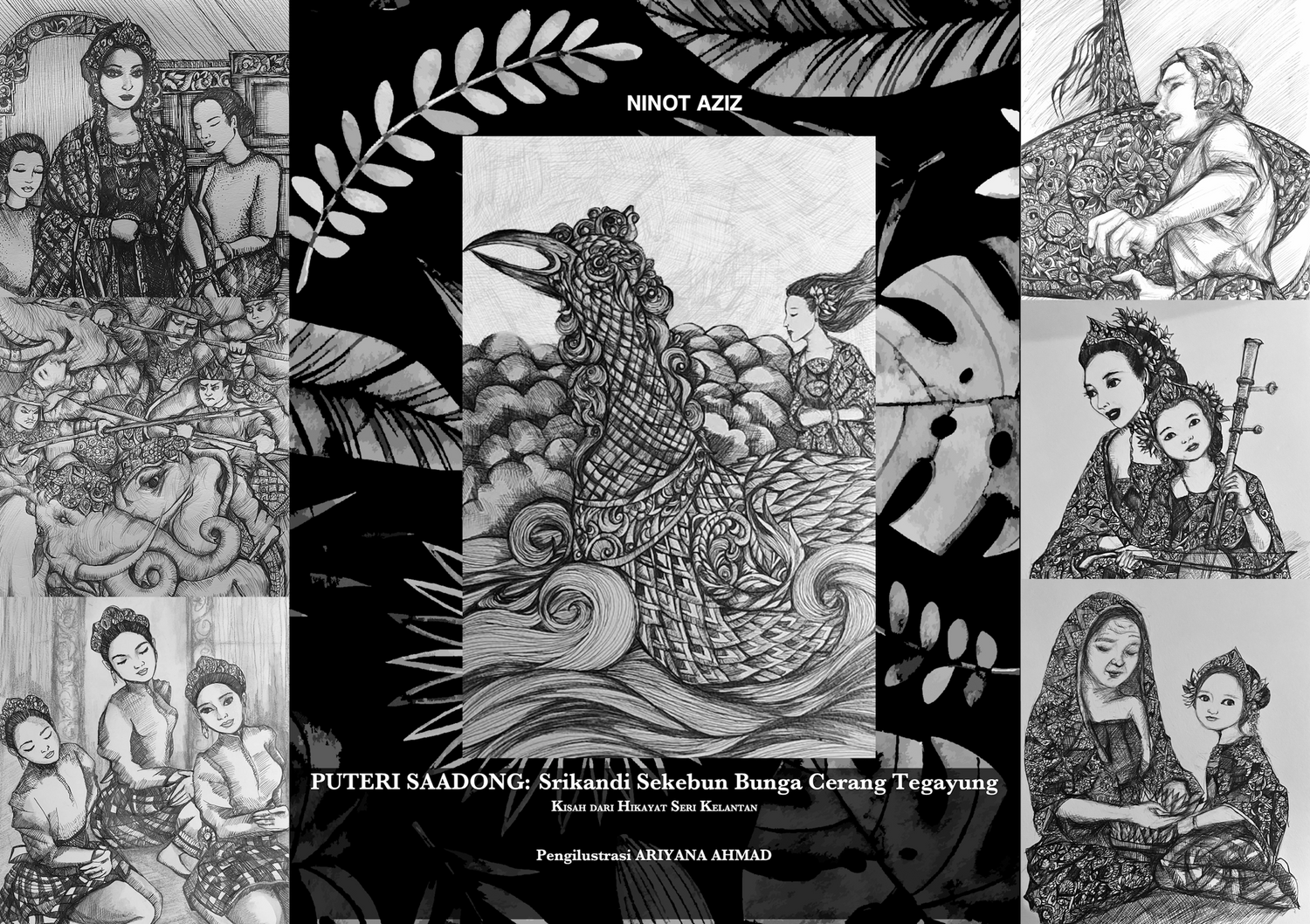
Hikayat Fandom
Fandom

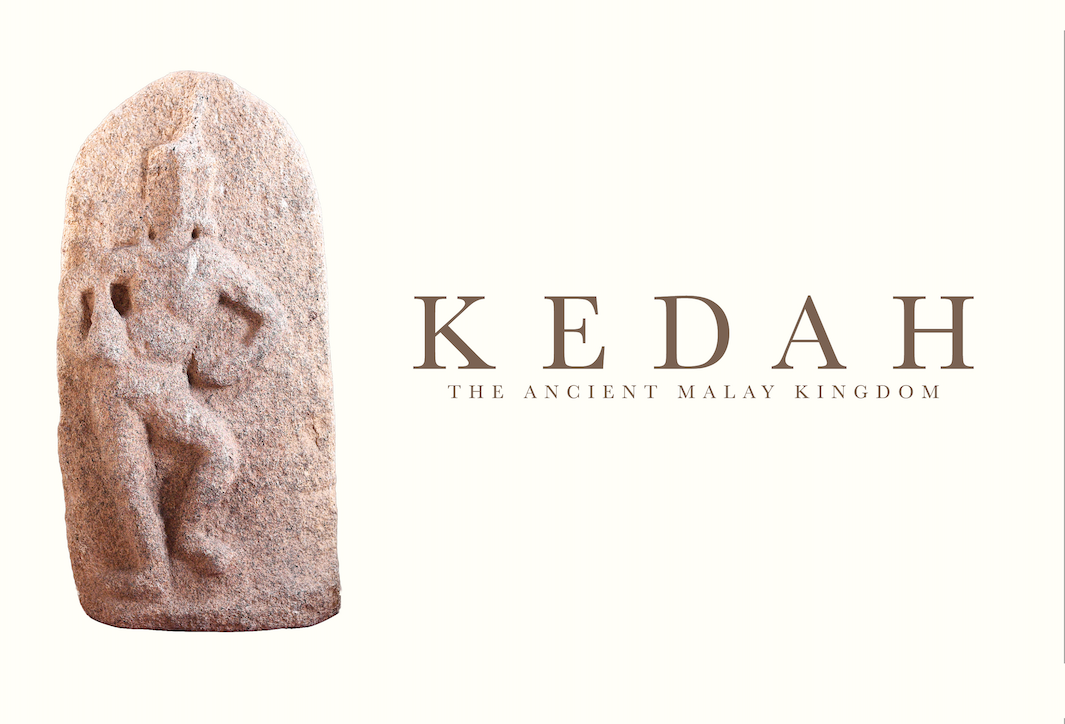
Kedah: The Ancient Malay Kingdom
Kedah The Ancient Malay Kingdom explores the evolution of human society in the region, the foundation and development of one of the world's oldest kingdoms and the events that led to the suppression of its history.
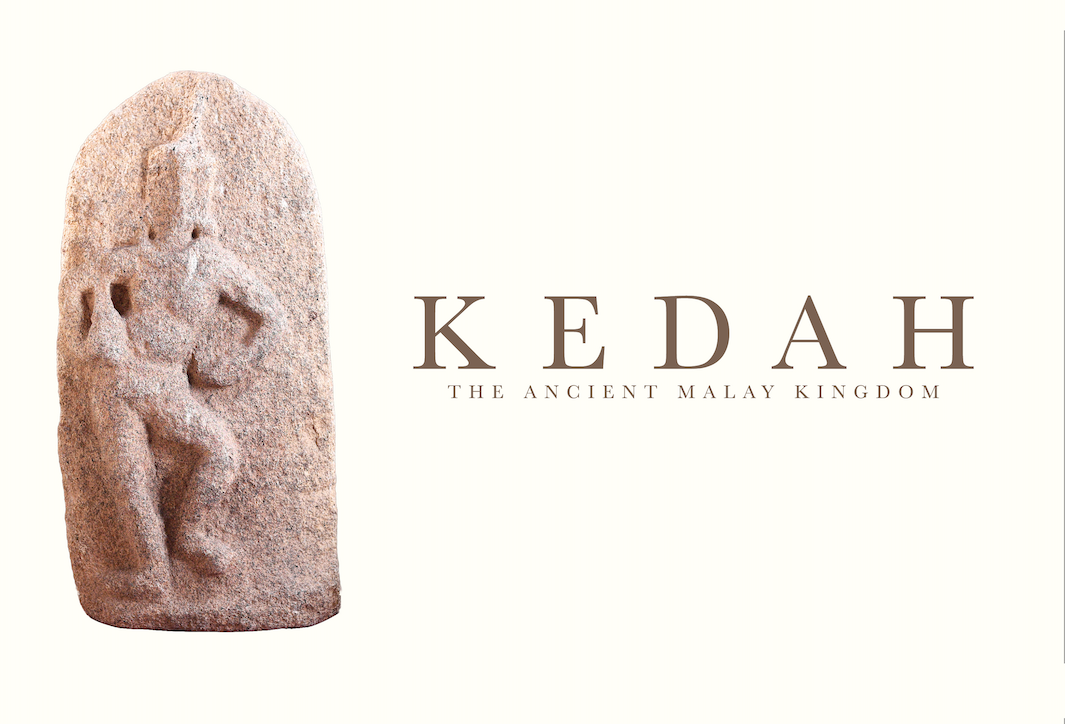
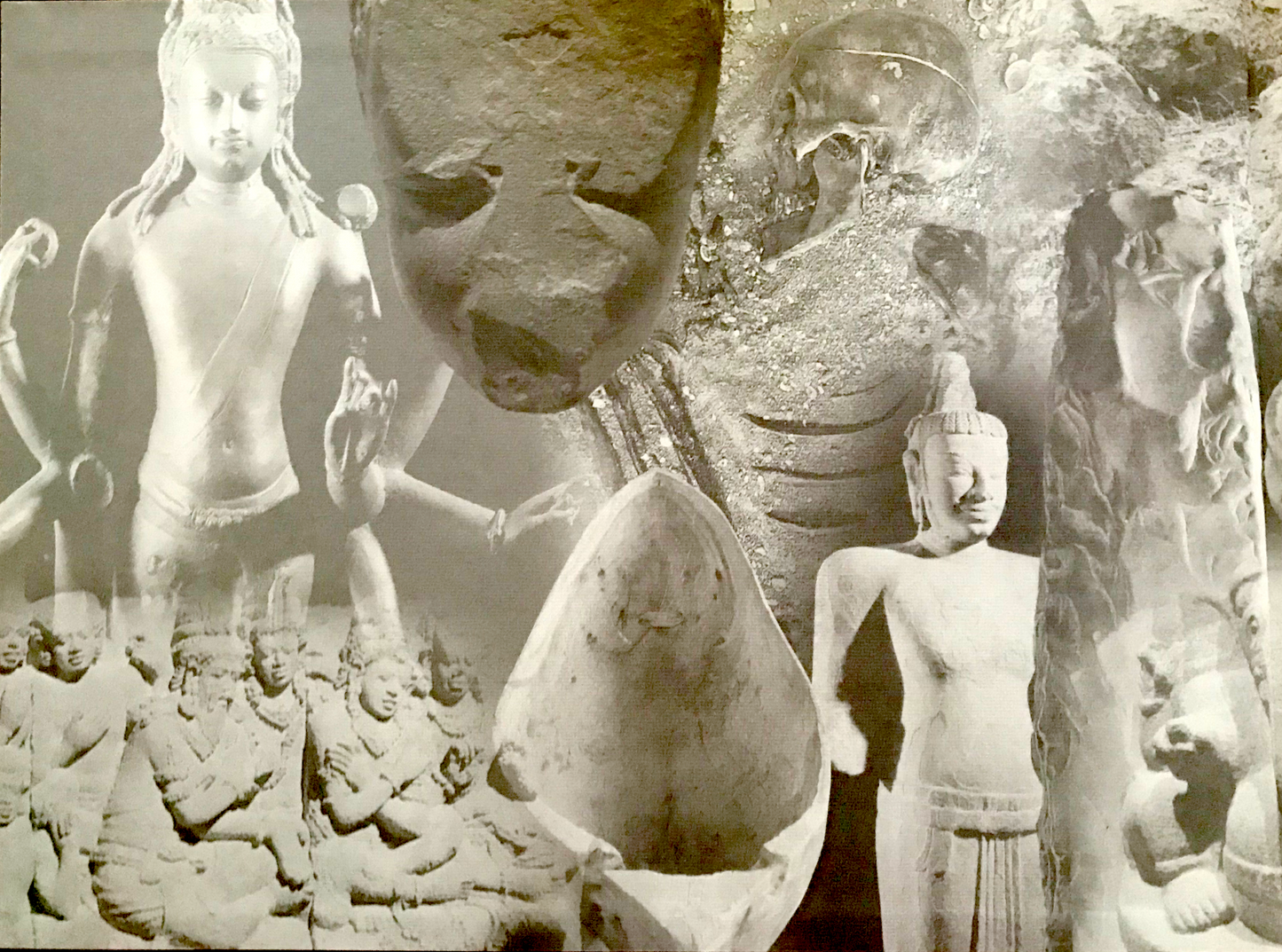
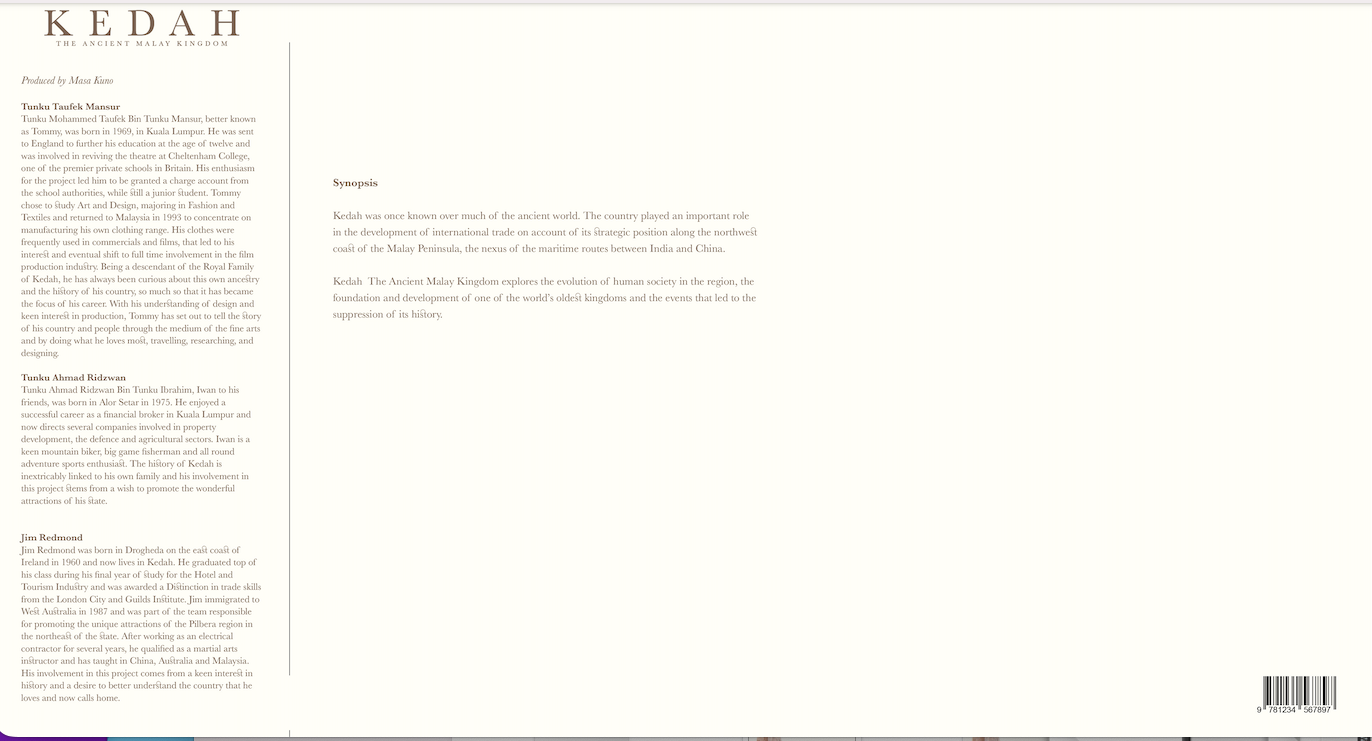
Bidasari synopsis

Many versions of The Sleeping Beauty.
Most of us only know of the Disney version of The Sleeping Beauty. The original tale called Sun, Moon, and Talia by Giambattista Basile from his book, The Tale of Tales (1634), based on earlier folk tales, was decidedly inappropriate by today’s political correctness. Frenchman Charles Perrault based his Mother Goose Stories on Basiles’ work, which influenced later oral tales that were recorded by the Brothers Grimm.
Chinese versions of sleeping beauty stories (there are two), found in the Tai Ping Guang Ji, which was compiled in the 10th century, are very similar to the European ones, except that the beauty is not sleeping but is dead from a Daoist magic pill (without her soul ever leaving her body). After 100 years a youth jumps over a hedge and awakens her with a kiss and they live happily ever after.
The Epic of Bidasari or Syair Bidasari, is a charming poem, set in a country called Inderapura (from the story settings, it was probably before the European adventures in Asia) that has all the ingredients of an enchanting fairy tale: a beautiful princess, an evil queen, sorcery, magic, a handsome king and with the ultimate happy ending. Like all such tales, although the origins of this retelling are written, this story has probably existed in different oral versions throughout Southeast Asia.
Who influenced whom is not important, but the different cultural references are.
The original version (circa 1200 CE) is retold by Ninot Aziz in the Malay Archipelago tradition.
